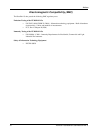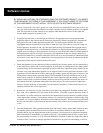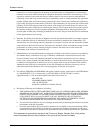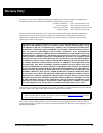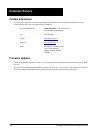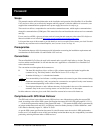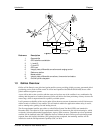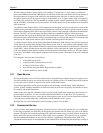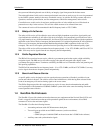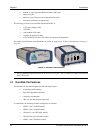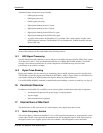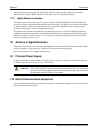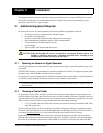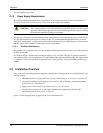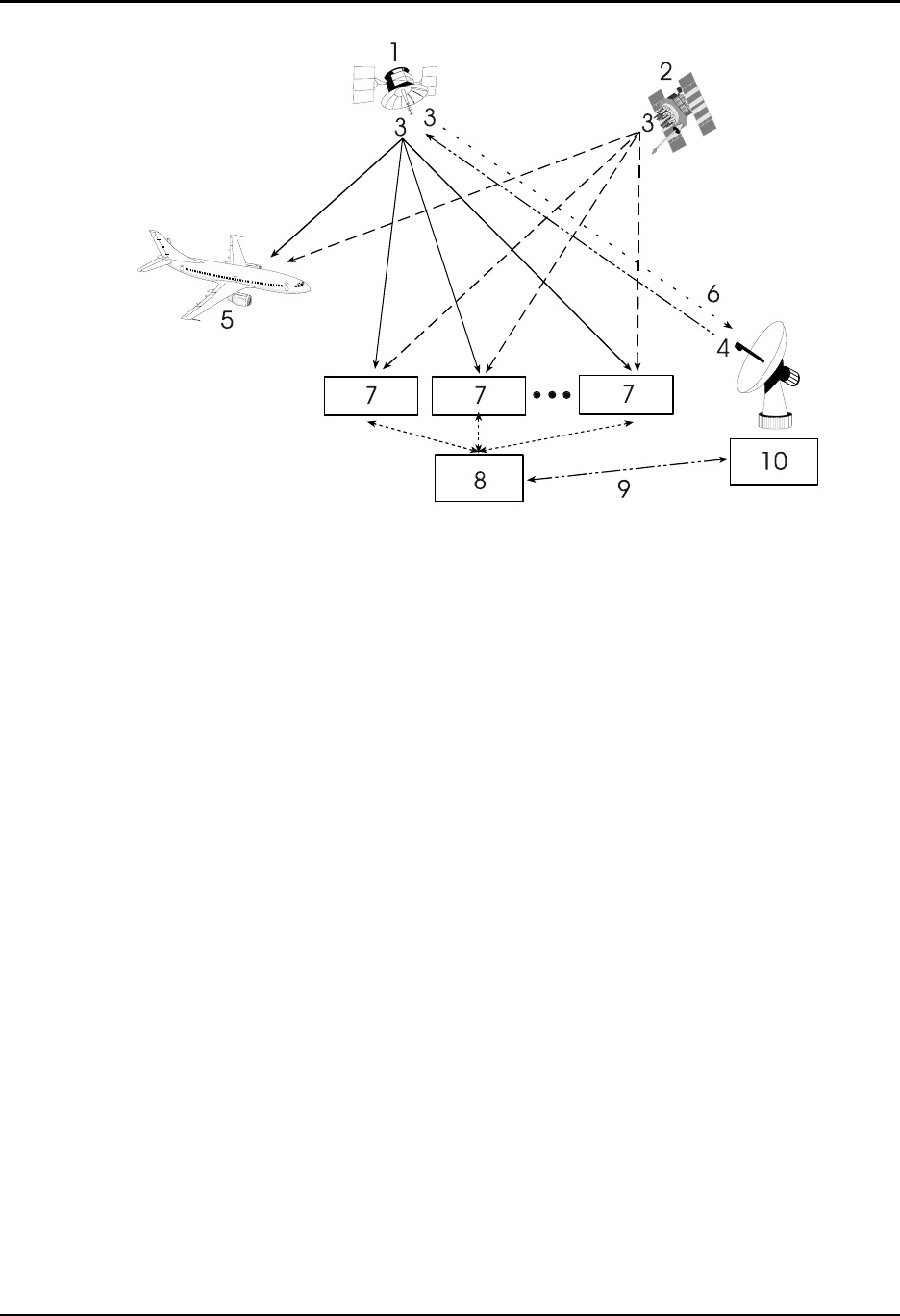
Introduction Chapter 1
EuroPak-15a Receiver User Manual Rev 5 17
Figure 1: The SBAS Concept
Reference Description
1 Geo satellite
2 GPS satellite constellation
3 L1 and L5
4 C1 and C5
5 GPS user
6 Integrity data, differential corrections and ranging control
7 Reference station
8 Master station
9 Integrity data, differential corrections, time control and status
10 Ground uplink subsystem
1.3 Galileo Overview
Galileo will be Europe's own global navigation satellite system, providing a highly accurate, guaranteed global
positioning service under civilian control. It will be inter-operable with GPS and GLONASS, the two other
global satellite navigation systems.
A user will be able to take a position with the same receiver from any of the satellites in any combination. By
offering dual frequencies as standard, however, Galileo will deliver real-time positioning accuracy down to the
metre range, which is unprecedented for a publicly available system.
It will guarantee availability of the service under all but the most extreme circumstances and will inform users
within seconds of a failure of any satellite. This will make it suitable for applications where safety is crucial,
such as running trains, guiding cars and landing aircraft.
The first experimental satellite, part of the so-called Galileo System Test Bed (GSTB) was launched in
December 2005. The objective of this experimental satellite is to characterize the critical technologies, which
are already in development under European Space Agency (ESA) contracts. Thereafter up to four operational
satellites will be launched in the 2007-2008 time frame to validate the basic Galileo space and related ground
segment. Once this In-Orbit Validation (IOV) phase has been completed, the remaining satellites will be
installed to reach the Full Operational Capability (FOC) in 2010.




